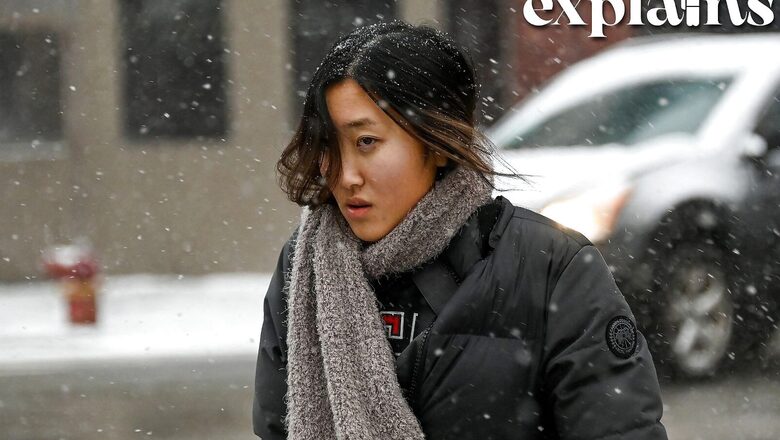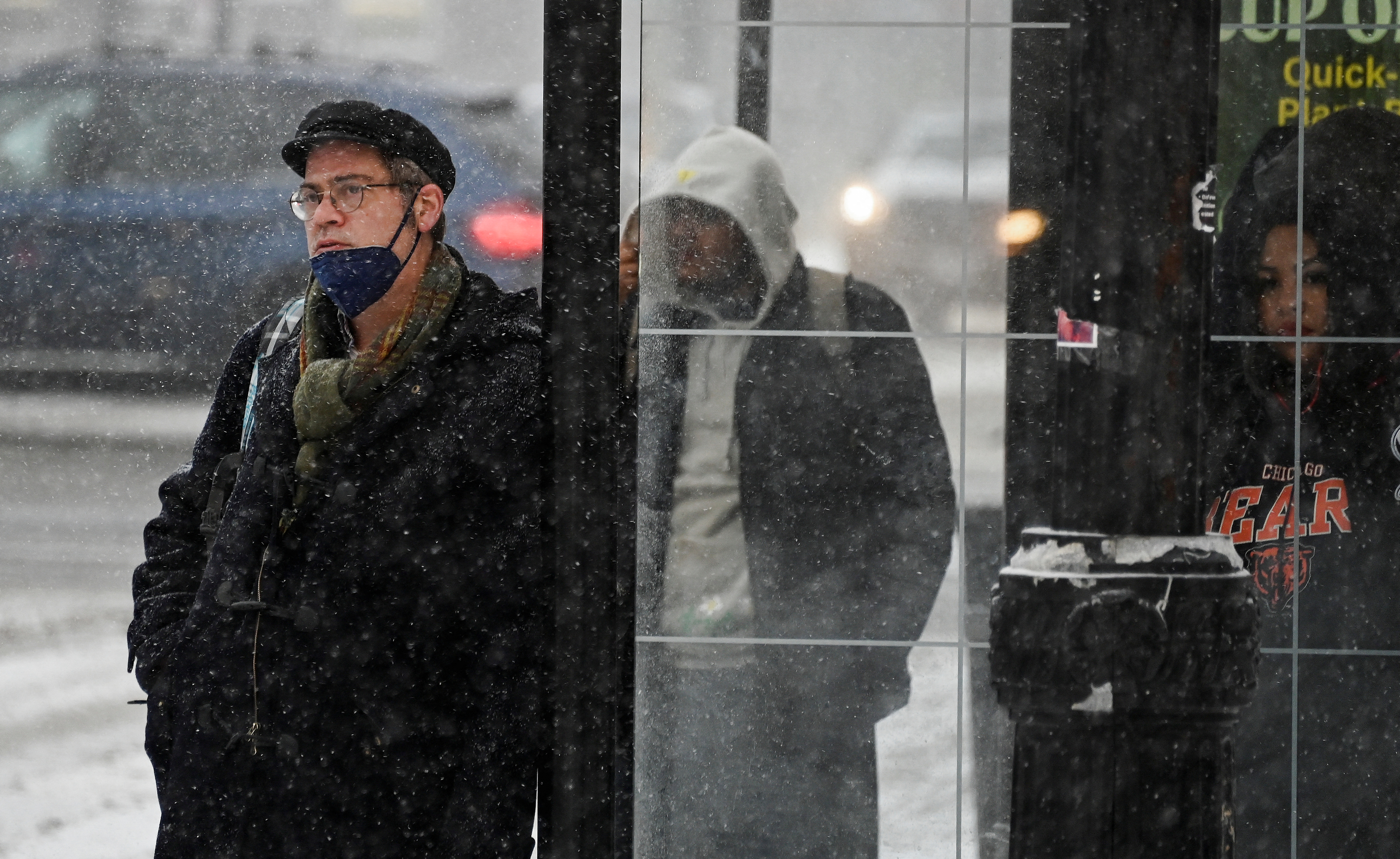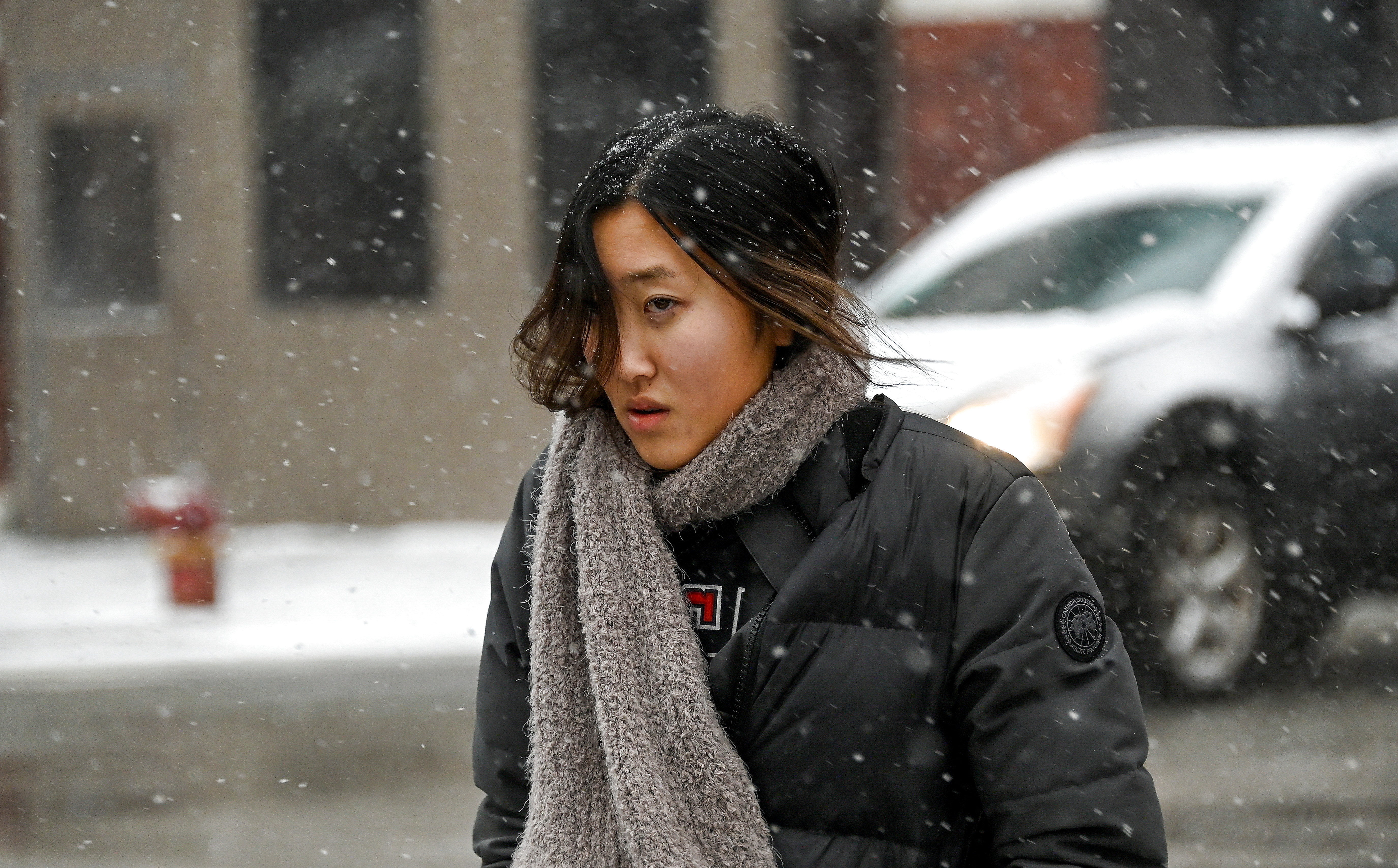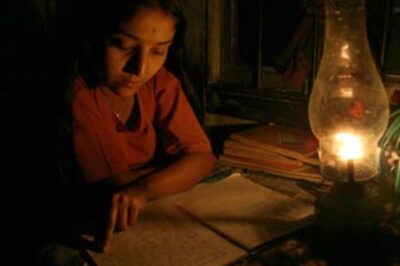
views
Millions of people hunkered down Sunday against a deep freeze to weather a winter storm that has killed at least 34 people in the United States and is expected to kill more after trapping some residents inside houses with heaping snow drifts and knocking out power to tens of thousands of homes and businesses.
The storm’s size has been nearly unprecedented, stretching from the Great Lakes near Canada to the Rio Grande along Mexico’s border.
According to the National Weather Service, approximately 60% of the U.S. population was subjected to some form of winter weather advisory or warning, and temperatures plummeted significantly below normal from east of the Rocky Mountains to the Appalachians.

Travelers’ weather woes are likely to continue, with hundreds of flight cancellations already reported and more expected after a bomb cyclone developed near the Great Lakes, causing blizzard-like conditions, including heavy winds and snow, a report by Associated Press said.
According to the flight tracking website FlightAware, 1,707 domestic and international flights were cancelled as of about 2 p.m. EDT on Sunday.
What is a Bomb Cyclone
Storms can form when a mass of low-pressure air collides with a mass of high-pressure air. Winds are formed when air flows from high pressure to low pressure.
A bomb cyclone is defined by how quickly the pressure in the low-pressure mass drops — at least 24 millibars in 24 hours.
This rapidly increases the pressure difference, or gradient, between the two air masses, increasing the strength of the winds. This rapid intensification is known as bombogenesis.
The rotation of the earth creates a cyclonic effect as the winds blow.

In the Northern Hemisphere, the direction is anticlockwise (when viewed from above).
The National Weather Service’s John Moore, a meteorologist and spokesman, said conditions for a bomb cyclone had been met over the Great Lakes, where frigid Arctic air from the meandering polar vortex collided with very warm air to the east.
Air pressure dropped to at least 962 millibars, while it was as high as 1047 millibars elsewhere. “It’s a very sharp gradient,” he explained.
Mr. Moore believes that as the area where the two air masses meet, known as the Arctic front, moves northward and eastward, so will the conditions for bombogenesis.
However, as the Arctic air spreads across the majority of the country, it will gradually warm, reducing the pressure difference.
The storm will pass over. And, according to forecasts, most of the country will experience above-average temperatures next week.
Frustration growing
In El Paso, Texas, desperate migrants who had crossed from Mexico huddled for warmth in churches, schools and a civic center, Rosa Falcon, a school teacher and volunteer told AFP.
But some still chose to stay outside in frigid temperatures because they feared attention from immigration authorities, she added.
In Chicago, Burke Patten of Night Ministry, a nonprofit dedicated to helping the homeless, said: “We’ve been handing out cold weather gear, including coats, hats, gloves, thermal underwear, blankets and sleeping bags, along with hand and foot warmers.”
Weather officials forecast that dangerously cold conditions would continue throughout the central and eastern United States over the weekend before temperatures returned to more normal weather next week.
Canadian authorities have also issued severe weather warnings. Hundreds of thousands were left without power in Ontario and Quebec provinces, while many flights were canceled in Vancouver, Toronto and Montreal.
VIA Rail, Canada’s passenger service, said that all trains from Toronto to Ottawa and Montreal would be suspended on Christmas Day due to a train derailment, while “extreme weather conditions” forced many other cancellations.
Flooding, fierce winds
In the US, transportation departments in several plains states reported near-zero visibility whiteouts, ice-covered roads and blizzard conditions, and strongly urged residents to stay home.
Drivers were being warned not to take to the roads — even as the nation reached what is usually its busiest time of year for travel.
Meteorologist Kelsey McEwen in Toronto tweeted that waves of up to 26 feet (eight meters) were reported in Lake Erie, while in Ohio’s Fairport Harbor, winds gusted to 74 miles (120 kilometers) per hour, according to the NWS.
The NWS also warned against traveling in the current weather conditions.
“The life-threatening cold temperatures and in combination with dangerous wind chills will create a potentially life-threatening hazard for travelers that become stranded, individuals that work outside, livestock and domestic pets,” its advisory said.
With inputs from AFP, Associated Press, New York Times
Read all the Latest Explainers here




















Comments
0 comment